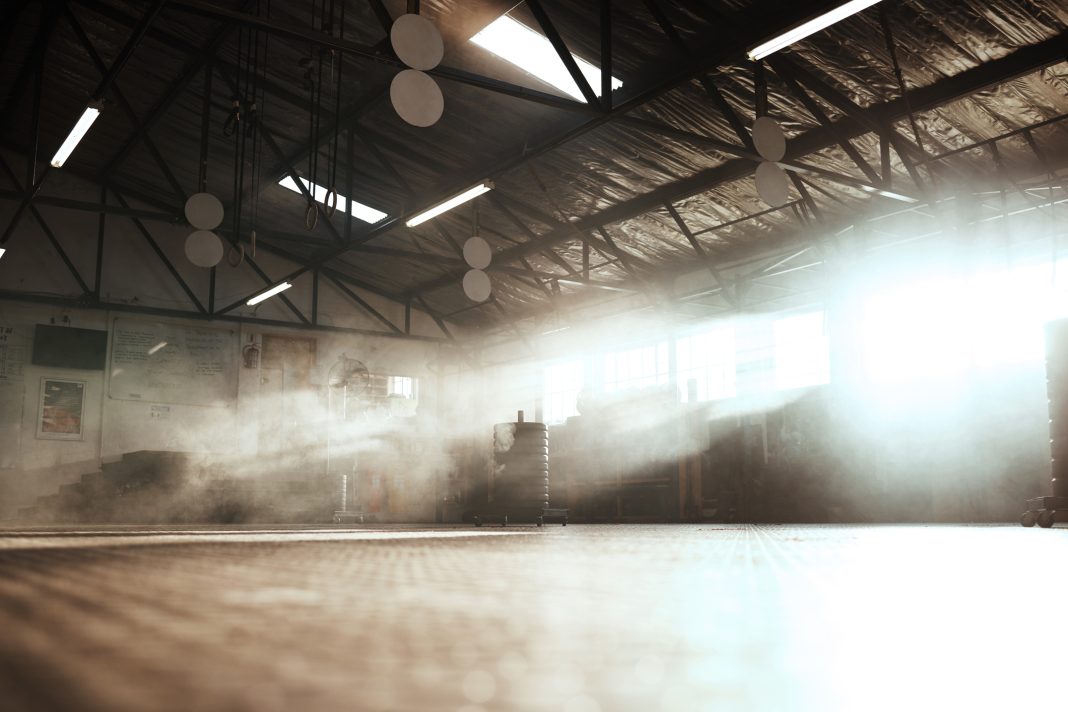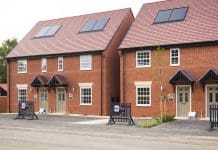Stephan Schmid, senior vice president at AM alpha, explains why retrofitting vacant buildings must be part of the UK’s net zero strategy
Unquestionably, the climate conversation is overwhelming across the built environment right now, with much of the focus on developing new sustainable buildings. While it’s true that new builds can be delivered with more sustainable efficiency, they still emit excessive levels of carbon during the construction phase.
Ultimately, the most sustainable buildings are the ones that already exist, and it’s estimated that 80% of the buildings that will be here in 2050 are already built. If the property industry is to reach the UK’s decarbonisation targets, there needs to be an increased focus on renovations and refurbishments of vacant properties across the UK.
According to recent data by Leeds Building Society, the number of empty buildings across the UK has increased to a whopping 676,000. This provides a huge opportunity for developers and contractors to build much-needed residential and commercial schemes more sustainably.
The race to net zero
The Government’s commitment to ensure the UK reduces its greenhouse gas emissions by 100% from 1990 levels by 2050 has come under increasing scrutiny. Many believe the ambitious target is not attainable, accusing critical industries of falling behind expectations. The property industry is one of them, despite continued efforts to maximise energy efficiencies and reduce carbon emissions across property projects.
The redevelopment and retrofitting of existing buildings can play a huge role in helping the industry meet decarbonisation targets and its importance should not be overlooked. While restoring old properties comes with a different set of challenges, it is more sustainable to utilise these buildings and bring them back into use than build entirely new ones.
But sustainability goes beyond construction methods during the development phase and emphasis must be placed on the running of buildings. Renovating existing features, including walls, floors and roofs with internal insulation, can reduce the heat loss in a building by more than 90%. Modern all-electric heating and ventilation with heat recovery further reduces energy consumption. This means, together with renewable energy, older buildings can run as efficiently as new builds.
Sustainability boosts creativity
Sustainability has many benefits alongside helping to preserve our planet. Often, sustainable development involves upgrading and adding new space to existing buildings in creative ways. This helps to maximise their value and create spaces that communities are proud of and excited by. For example, creating new basements or adding storeys to an existing building can deliver transformative outcomes, particularly for end-users.
The huge focus on decarbonisation in 2023 is also prompting a welcomed reimagining of existing stock. Developers committed to thinking outside the box are creating more mixed-use spaces and, in turn, are revitalising commercial assets, as well as incorporating residential ones.
For example, our Manchester Rylands project will transform a former department store building, including a full renovation, converting the upper floors into high-quality office space and creating a shopping arcade. What’s more, it has been planned and designed to achieve Net Zero Carbon status and a certification for sustainable construction according to Breeam Excellent or Nabers 5* is planned for completion.
Restoring buildings to their former glory
Many of the empty buildings across the country are listed or, at the very least, properties of local historical significance. While this may mean there are restrictions around redevelopment work, the vast majority of heritage assets are capable of being adapted or worked around without a loss to their significance. The chance to refurbish these noteworthy buildings is a privilege.
Restoring vacant buildings has so many benefits – they’re often quicker, more sustainable and more cost-effective. At AM alpha, we have centred our work on regeneration because we place so much importance on the relationship between significant buildings and local communities, while also trying to make our operations greener.
The sector must collectively work to refurbish vacant buildings that will operate carbon-neutrally upon completion while also being upgraded using sustainable construction methods. Not only is it better for the environment but it’s also better for the economy too, providing a win-win for the property sector.














